“No. Just no. Crops belong in the countryside, and people in the cities, not vice versa.” This was my neighbor’s response when the idea of transforming our neighborhood into an agrihood was suggested to him by a friend.
Urban and rural living have traditionally been distinct. However, a rising trend called agrihoods aims to blend both lifestyles. On the surface, agrihoods seem to offer the best of both worlds. However, as they multiply rapidly, so do concerns.
While proponents applaud sustainability and community engagement, critics point to unintended issues. As we dive into the nuances without bias, it becomes clear there are complex trade-offs. But before we delve into that, let’s address the elephant in the room.
What Exactly Is An Agrihood?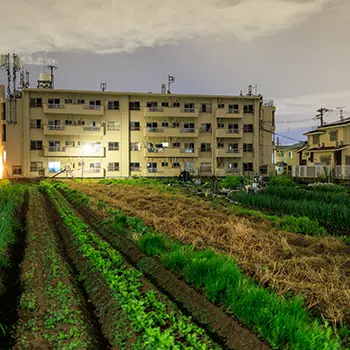
An agrihood is a planned residential community built around a working farm. This mixed-use development integrates agricultural production into a suburban neighborhood.
- Homes surround a shared farm space of around 1-5 acres.
- Residents can walk to the farm to pick produce, volunteer, or socialize.
- The farm can be managed by paid professionals or residents can volunteer to take care of it.
- Produce is sold to community members, local retailers, and restaurants.
- Agrihoods aim to provide farm-to-table living and reconnect people with food production. Most focus on organic or sustainable agriculture.
- While still relatively new, over 200 agrihoods now exist nationwide. Developers report high demand, especially among young families.
So, in a nutshell, agrihoods blend suburban home life with facets of rural community farming. But how well does this fusion work in practice? The debate rages on.
Potential Benefits
Supporters of the agrihood model point to an array of advantages these developments can offer when executed thoughtfully:
Access to Fresh, Local Food
In an agrihood, you can buy produce picked straight from the on-site farm just steps from your home. The food doesn’t get much fresher or more local than your own backyard! Eating locally grown food is more sustainable and nutritious.
Community Building
Agrihoods foster community engagement through farming, cooking classes, communal meals, and other events. Working together builds relationships with like-minded neighbors. Sharing the labor and bounty of the farm draws residents together regularly, facilitating friendship.
Educational Value
Agrihoods let kids and adults learn about agriculture through hands-on experience. Residents can get involved through community garden plots, volunteering on the farm, participating in workshops on composting or beekeeping, and more. These activities teach both practical skills and a deeper connection to the land.
Healthy Lifestyle
Living close to nature, fresh food, and opportunities for outdoor recreation make it easier to eat well and stay active. Agrihoods promote improved wellness through a healthier diet, outdoor exercise, and lower stress from community bonds. The combination of fresh food and an active way of life makes achieving health goals simpler.
Sustainability
On-site food production reduces the transport emissions and packaging waste of “food miles.” Other eco-friendly features like solar power, electric vehicles, and green buildings make agrihoods sustainable.
In theory, agrihoods integrate the desirable elements of rural and urban living – open green space and nature with community bonds and walkability. However, skeptics argue that reality often falls short.
Potential Drawbacks
Agrihood critics make a strong case for weighing the hype against practical realities. There are key trade-offs to consider.
Cost
Property in an agrihood often comes at a premium due to its unique amenities. Lot prices can be 20-30% higher than comparable conventional neighborhoods. The community fees can also be high due to farm upkeep and programming costs. The increased prices may exclude lower-income and first-time homebuyers.
Labor Expectations
Some agrihoods require homeowners to put in time volunteering on the farm, which may not appeal to all residents. Those who don’t want to work in the dirt or have physical limitations may resist this obligation of property ownership. Not everyone envisions spending their weekends picking produce or shoveling compost.
Limited Diversity
Early adopters of agrihoods tend to be affluent, physically able-bodied, and environmentally minded. Critics argue this attracts a homogeneous demographic that lacks socioeconomic, racial, and ability diversity. The model may unintentionally exclude disadvantaged groups not represented in the community.
Scalability Concerns
The small-scale farming model may struggle to produce enough food at a reasonable cost as the community grows. Limits on agricultural production due to land constraints could stifle expansion. Scaling up sustainably requires careful planning and investment.
Unsuitable Housing Market
Agrihoods require significantly more land per home than typical suburbs, making them impractical for high-density urban areas. They work best in suburban and rural locations with ample space for both housing and farming. The niche community may not thrive in all housing markets.
Key Considerations And Questions
The polarizing agrihood debate reveals just how complex the issues are. When evaluating this trend, key questions include:
- Does the development minimize environmental impact through features like green building, water conservation, biodiversity, and regenerative farming practices?
- Are yields high enough to meaningfully contribute produce and reduce dependence on non-local food?
- Does the farm incorporate sustainable growing practices? Are chemicals/pesticides used judiciously?
- Are homes thoughtfully placed to avoid taking over prime existing farmland?
- Does engagement seem genuine or performative? Will interest sustain long-term as trends change?
Done right, agrihoods could offer innovative sustainability – but utmost care is needed to avoid simply being trendy or exclusionary.
Getting Involved In Your Agrihood
Prospective agrihood residents should understand expectations for community participation. Here are some questions to ask:
- Is volunteering on the farm required or optional? How many hours per week or month?
- Can you opt out by paying an additional fee?
- Are homegrown crops distributed equitably or claimed first-come, first-served?
- How are decisions made about what is planted?
- What agriculture-related events and classes are offered?
- Is the farm organic or conventional? What growing practices are used?
Tour model homes and speak with current residents to get a feel for the community before purchasing. An agrihood can enrich your life with purposeful work and community bonds if it aligns with your lifestyle.
Related: Off-Grid Homesteading VS. Prepping
Agrihoods clearly spark divided opinions, especially as they rapidly expand into suburban areas nationwide.
Supporters are eager to integrate agriculture into their lifestyle and nurture community. But critics argue otherwise.
There are reasonable arguments on both sides. Ultimately, there are no absolute rights and wrongs, but rather shades of gray and nuance.
When executed thoughtfully, agrihoods could shift paradigms. But the jury is still out on whether the current model is evolved enough to deliver on its lofty aspirations. In your view, do agrihoods represent a sustainable innovation – or mostly just hype?
You may also like:
An Insanely Effective Way to Build a 5 Year Food Stockpile (Video)
Off Grid Life: The Dark Side That No One Talks About
25 Basic Life Skills That Should Be Taught in School (But Aren’t)

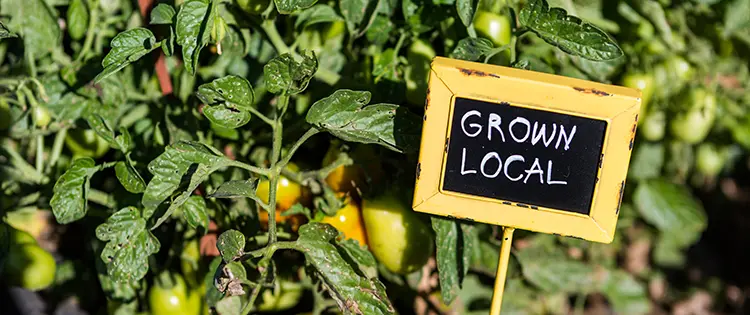
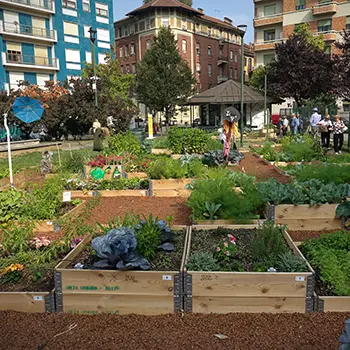
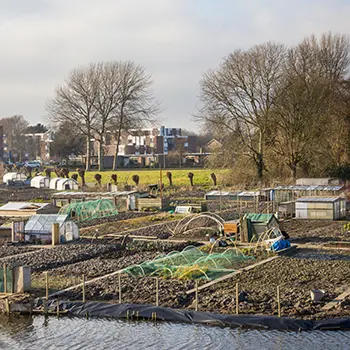
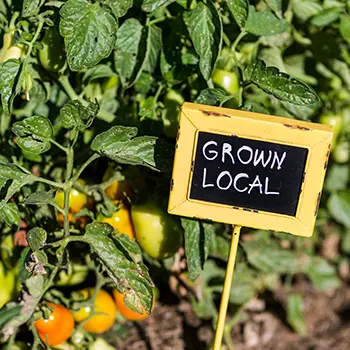









I’m neither for nor against it. It will either work or fail depending on the people involved. I would not expect to fully feed the community without the need for outside inputs. There is no mention of other food sources such as egg or meat production. Unfortunately, there will always be outside interference from governments or groups that think they are being excluded.